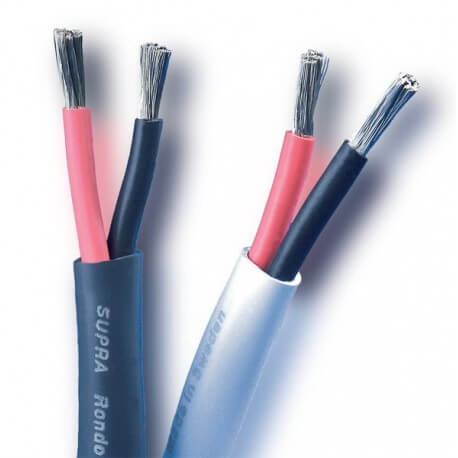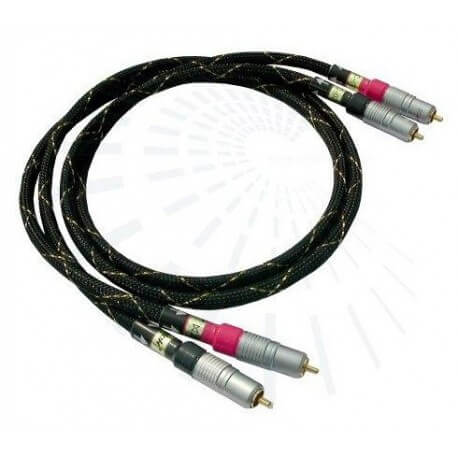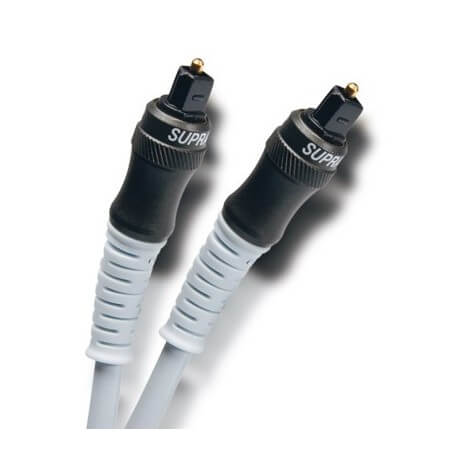Which Audio Cables for Speakers to buy for the best results?
Buying audio cables for your speakers is the decisive step toward building a sound system that is truly close to your needs. Buying the right speakers, the right amplifiers, is worth little if you do not also choose the right connections.
The topic is very broad and varied, as is often the case in the world of high fidelity. Here, however, we will only try to give a general smattering on the subject, so as to still offer some useful references for enthusiasts and nonenthusiasts alike.
What are audio cables for passive speakers?
 First of all, it should be briefly clarified what a passive speaker is. It is a speaker that requires an external amplifier to function properly. The connection between passive speakers and amplifiers is made by means of specific audio cables, called speaker cables.
First of all, it should be briefly clarified what a passive speaker is. It is a speaker that requires an external amplifier to function properly. The connection between passive speakers and amplifiers is made by means of specific audio cables, called speaker cables.
The speaker cables, once purchased, must be "stripped." That is, it is necessary to remove the sheathing - by about 1 cm - so that the wires underneath are left exposed. It is these that then need to be hooked up to the amplifier terminals.
Attention should be paid to one item in particular. One should try to cut the wires with the same length for both the left and right channels. Some amplifiers, in fact, use wires as part of the circuit, and if you have wires with different lengths, problems may arise.
Signal cables
If speaker cables connect speakers and amplifiers, signal (or interconnect) cables are those that make the connections between the various devices belonging to a system. This type of cable normally terminates with RCA-type plugs. Depending on their quality level, they can provide connections of higher or lower reliability.
Going down to the specifics, quality interconnects include sections made of oxygen-free copper, and in some cases also carbon and pure silver. This is to improve performance, and in particular conductivity. The best connectors, however, are gold-plated ones. Pure copper alternatives, however, also offer good performance.
The materials used by hi-fi speaker cables
In general, cables used for connecting speakers include a copper wire, surrounded by a PVC insulation layer.
As explained earlier, there are higher quality alternatives on the market, for example, oxygen-free copper, with more effective performance ris chest than plain copper. The jacket, in these cases, is polyethylene, rather than PVC.
chest than plain copper. The jacket, in these cases, is polyethylene, rather than PVC.
An even better conductor is silver-plated copper, which performs particularly well over a wide range of frequencies. In the most extreme cases, pure silver or silver sections could also be used.
Speaking of materials, one enters territory that obviously clashes with one's personal preferences. According to some, hi-fi speaker cables made of silver might return performances that are far too squeaky, and therefore somewhat annoying. In contrast, copper is often characterized by a warmer sound, although there is the role of the insulating material to consider.
Drawing a definitive line is difficult. As with anything in the field of Hi-Fi, the best solution is to try, try and try again. Until you arrive at the right combination of audio cables, connectors, speakers and amplifiers.
How to choose the best cables for loudspeakers?
When going to choose a new cable, there are few but definitely important references to consider.
Here is a short list of factors to take into account before buying:
- Type of conductor: as seen, the signal conductor affects performance and also the type of sound output. Options, as anticipated, range from copper to oxygen-free copper, via pure silver and gold;
- Conductor geometry: depending on the case, the conductor arrangement can be parallel, twisted or spiral. The last two options are preferred;
- Shielding: between the insulation and the conductor is the shielding, often made with an outer layer of copper and an inner layer of aluminum. This component allows the audio signal to be protected from electromagnetic interference;

- Insulator: to properly insulate the conductor, it is necessary to have at least one layer of PVC. Better solutions also include Teflon, Polyethylene, Polypropylene. In some cases, ceramic insulators are also provided;
- Connectors: finally, connectors. The types are particularly numerous, whether RCA, XLR, or other. The higher performance connectors are gold-plated. Less noble materials, however, also provide satisfactory performance.
HiFi Prestige's range of speaker cables
Purchasing an audio cable is a less trivial process than one might at first think. As seen, there are many factors that can be taken into consideration. Choosing the perfect cable, therefore, is a process that involves trial and error, as is only to be expected.
In our catalog of audio cables, we are pleased to offer products of all types. From balanced XLR cables to speaker cables, not forgetting all the digital options, such as Toslink or coaxial alternatives. Among the manufacturers we find proposals from some of the biggest brands in the industry, from McIntosh to Cambridge Audio.
For any questions or information on choosing your cables, feel free to contact us at 335 6672281, or email info@hifiprestige.it
Cover image:
"Cables - The Missing Link - Desktop Audio Upgrade Part 2" by Jordanhill School D&T Dept is licensed under CC BY 2.0